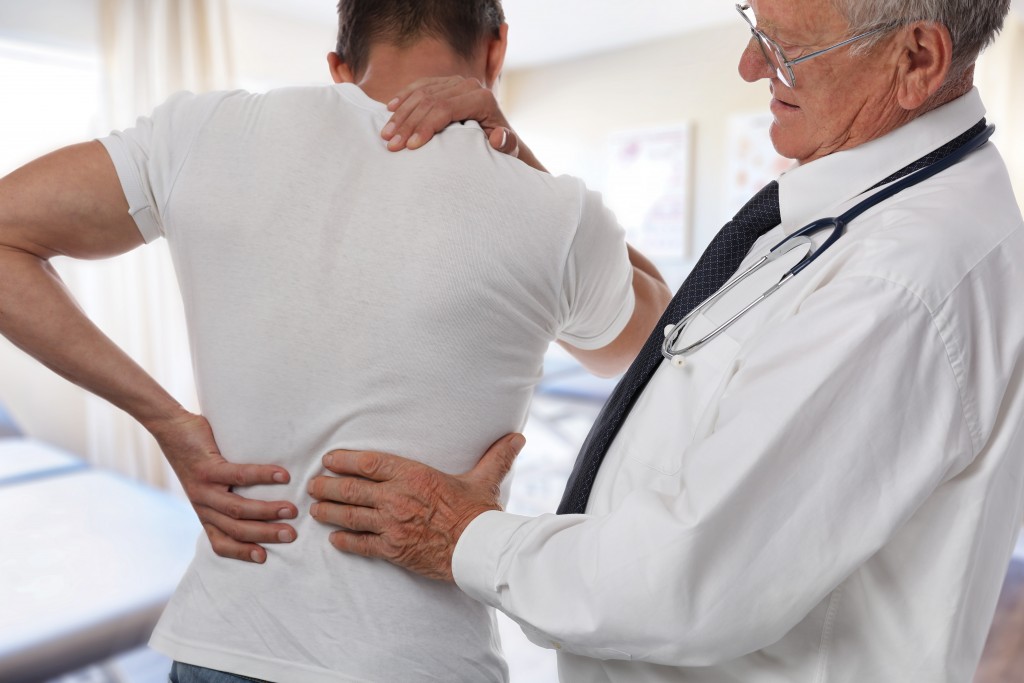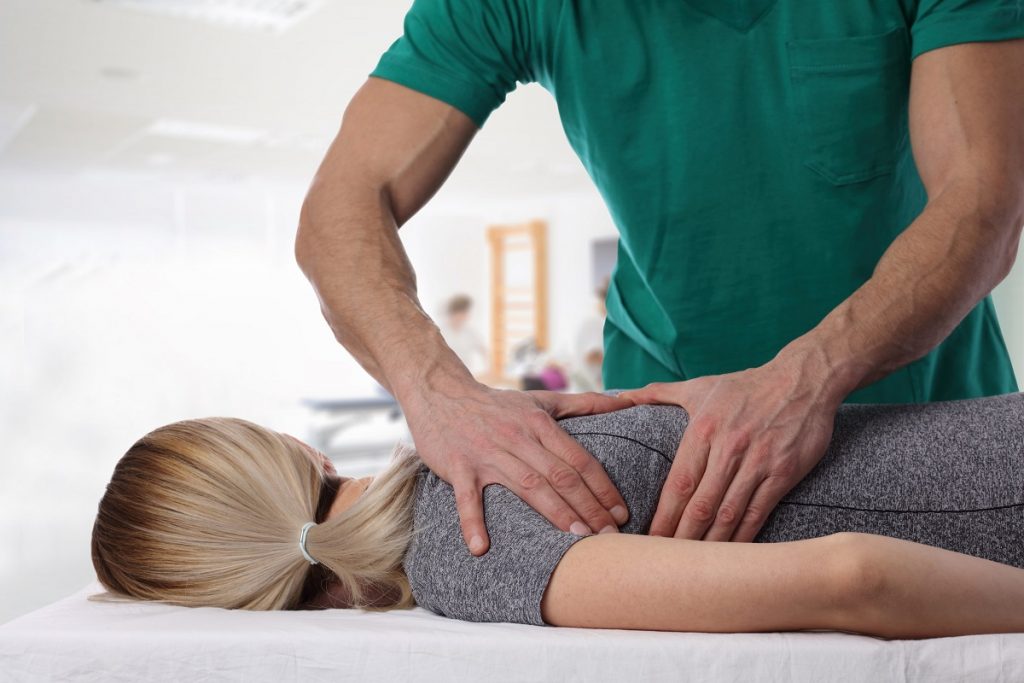One-half of Americans who work have felt back pain every year. The American Chiropractic Association further notes up to 80 percent of the population has experienced this sometimes debilitating condition at one point in their lives. Clearly, you’re not alone when you feel that pinch.
But why are you suddenly doubling over in discomfort? You didn’t play sports and injure yourself. You’re not at that age yet when bones and joints have started to give way. You feel perfectly fine, except for that piercing or burning sensation, or that dull, constant throbbing in your back.
Describe Your Pain
The description of your back pain matters to your diagnosis because different types of pain correspond to different conditions. So when your doctor asks, you’ll need to get specific. The classification of back pain falls into three categories:
- Referred pain – usually dull and achy; the discomfort will vary in intensity and location, but it’s typically associated with lower back pain. This is generally caused by a degenerative disc.
- Radicular pain – you’ll feel an electric shock-like or searing pain. It’s also called sciatica, so herniated disc or spinal stenosis usually causes this type of pain.
- Axial pain – there’s a sharp or dull pain that may come and go or may be constant, like a throbbing. The pain is usually limited to one area, and muscle strain may cause it.
When you can define the pain, your doctor will be able to identify potential causes and the corresponding treatment for it. For example, a combination of back pain, breathing problems, and uneven hips may lead your physician to diagnose scoliosis and prescribe a therapeutic exercise like the Schroth.
And what are the potential causes of your back pain?
A Complex Structure
Muscles, tendons, discs, ligaments, and bones make up the complex structure that is your back. Every part allows movement. But one wrong move, and you could strain a ligament and pain may follow. This is why strains, tension, and injury are the most common causes of back pain.
Sprains or strains could occur when you lift something the wrong way or when you take on a package that’s too hefty. You could also suffer a sprain through an awkward, sudden movement. Repetitive movements may also result in strained muscles or ligaments.
Next to such exertions, structural issues follow as one of the reasons for back pain.
Structural problems include:
- Sciatica
- Bulging or ruptured disks
- Abnormal spinal curvature
- Osteoporosis
In some cases, back pain may only be a symptom of an underlying condition. The discomfort may be due to an infection in the bladder or kidney. It may also be an infection of the spine or cancer. Shingles may also lead to back pain. Your doctor will need to put you through several diagnostic tests, from a CT scan to a bone scan, to determine the cause of the symptom.
So when you’ve been feeling more than that dull or throbbing pain in your back, and it persists, get a check-up.
Otherwise, some discomfort may be relieved through natural means. This could include cognitive behavioral therapy, physical therapy, and yoga.
Back pain is more common than you think. So you’ll have plenty of remedies, other than over-the-counter medication. But get a proper diagnosis to get the right treatment.

